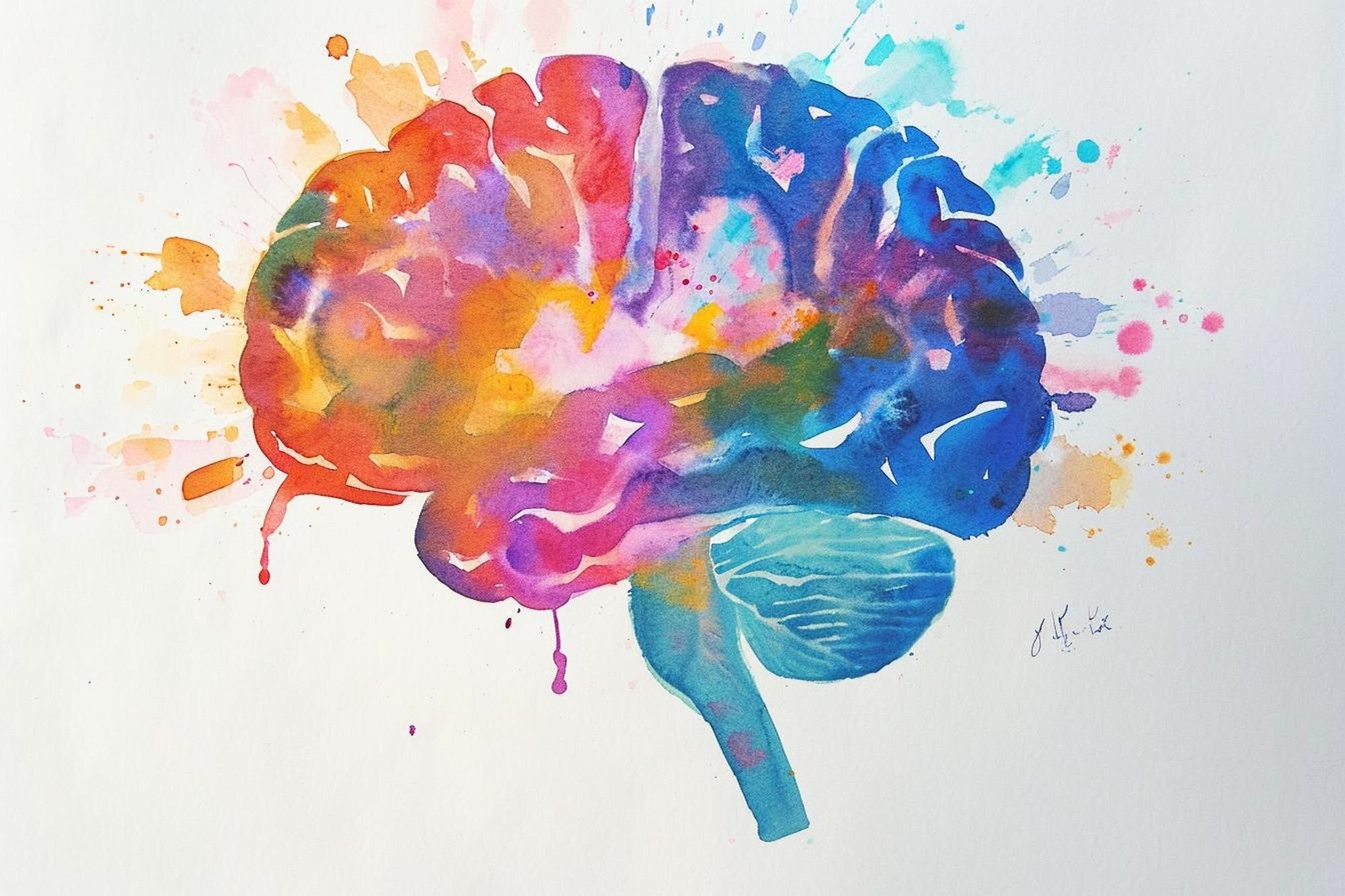
The Science Behind Compulsive Behaviors: Understanding Your Brain’s Survival Mechanism
You are not alone. Compulsive behaviors aren’t a sign of weakness—they’re your brain’s way of trying to protect you. Yet, this survival mechanism can trap you in cycles of shame and self-doubt. Imagine understanding the science behind this and using it to break free. In this blog, you’ll uncover the connection between your brain’s instincts and compulsive urges. Armed with this knowledge, you can begin your journey toward emotional healing and reclaim your power. Ready to change your story? Keep reading. source.
Understanding Compulsive Behaviors

To tackle compulsive behaviors, it is crucial to understand their root causes. This section delves into the natural instincts of our brains and how they sometimes lead us into unproductive cycles.
Brain’s Protective Instincts
Our brains are wired for survival. At their core, compulsive behaviors are the brain’s ancient mechanism attempting to keep us safe. According to Stanford Medicine, the same instincts that once protected us from danger can trigger repetitive actions in our modern lives.
When faced with perceived threats, the brain shifts into overdrive. Stress and anxiety are common triggers, prompting behaviors aimed at reducing discomfort. This response is not a flaw but an overextension of a natural defense system.
However, when these instincts are misdirected, they can lead to patterns that don’t serve our current needs. Recognizing this can be the first step towards addressing compulsive actions and seeking healthier outlets.
The Cycle of Shame and Doubt
Compulsive behaviors often lead to a damaging cycle of shame and doubt. Feeling out of control can prompt self-criticism, which only reinforces the behavior. Michigan Medicine highlights how this cycle is particularly evident in individuals with OCD.
Behavior Initiation: An urge or compulsion is triggered.
Temporary Relief: Engaging in the behavior provides short-term comfort.
Regret and Shame: Once the behavior subsides, guilt sets in.
Doubt and Repetition: Doubt fuels the urge to repeat the behavior, starting the cycle anew.
Breaking this cycle requires understanding and compassion. Accepting that these behaviors stem from the brain’s attempt to help can reduce the accompanying shame and open pathways for change.
Connection Between Brain and Compulsions

Delving deeper, this section explores how the brain’s survival mechanisms relate to compulsive behaviors and offers strategies for emotional healing.
Brain Survival Mechanism Explained
The brain’s survival mechanism is a complex interplay of neural pathways designed to protect us. According to UCLA Health, compulsive behaviors often arise from the brain’s misinterpretation of danger signals.
In stressful situations, neurotransmitters in the brain release signals to prepare for a fight-or-flight response. Compulsive behaviors can be seen as the body’s attempt to recalibrate these signals, even if the threat is not real.
Understanding this mechanism is crucial. By recognizing the underlying causes, individuals can start to dismantle these patterns. It’s not about fighting the brain but learning to guide it towards healthier responses.
Breaking the Cycle: A Path to Emotional Healing
Breaking the compulsive cycle involves developing new coping strategies. The goal is to achieve emotional healing by retraining the brain’s responses. Here are some steps:
Awareness: Acknowledge the behavior without judgment.
Identify Triggers: Note situations or emotions that prompt the behavior.
Develop Alternatives: Create healthier habits to replace compulsive actions.
Seek Support: Consider non-clinical coaching for guidance.
By focusing on emotional healing, individuals can gradually reduce the hold of compulsive behaviors. This approach fosters self-compassion and empowers change.
Reclaiming Your Power

Reclaiming power over compulsive behaviors is possible with the right support. This section explores the benefits of non-clinical coaching and the potential for transformative change within a specific timeframe.
Non-Clinical Coaching Benefits
Non-clinical coaching offers a supportive environment to address compulsive behaviors without stigma. It’s designed for those seeking real emotional healing without clinical intervention. According to this YouTube video, coaching provides practical tools and emotional clarity.
Safe Space: Clients can explore feelings without fear of judgment.
Actionable Tools: Coaches offer strategies that clients can implement immediately.
Focus on Strengths: Emphasizes personal strengths instead of weaknesses.
This approach is empowering, providing individuals with the confidence and tools necessary for meaningful change.
Transformative Change in 90 Days 🌟
With dedication, transformative change can happen in just 90 days. Programs like VK Circle’s 90-Day Emotional Freedom Program focus on fast and lasting transformation.
Benefits:
Structured Program: Clear steps and objectives guide the process.
Regular Support: Frequent check-ins ensure accountability and progress.
Holistic Approach: Combines emotional and practical tools for comprehensive healing.
Clients report feeling more in control of their behaviors and emotions, experiencing a newfound sense of empowerment. This concise timeframe offers hope and a realistic path to reclaiming one’s life. 🌟



